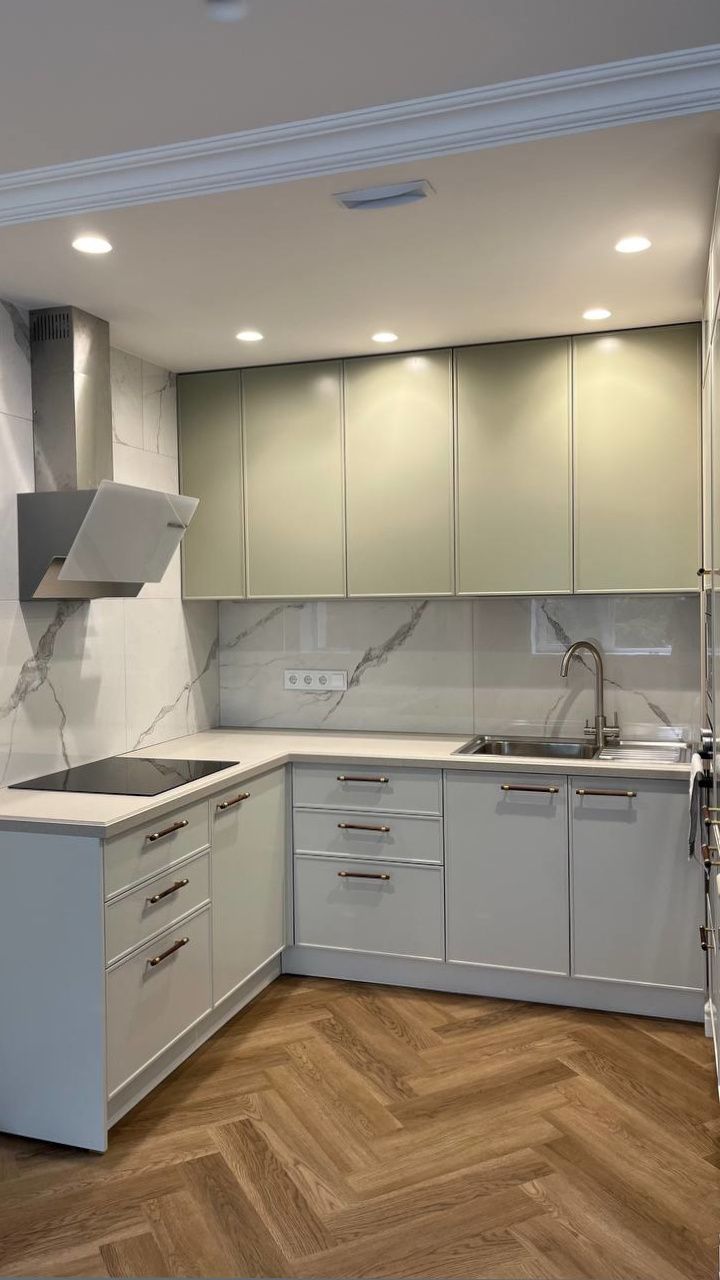
Culinary Spaces Redefined: Excellence in the Art of Cooking
The Evolution of the Modern Kitchen
The kitchen has long been the heart of the home, but its purpose and design have evolved dramatically in recent years. No longer just a utilitarian space for meal preparation, the modern culinary space has transformed into a hub of social interaction, creativity, and cutting-edge technology. With open-plan designs, elegant finishes, and smart appliances, today's kitchens have truly redefined what culinary excellence means.
Innovations in Appliance Technology
Technology has revolutionized how we interact with our culinary spaces. High-tech ovens that can be controlled remotely, refrigerators that can order groceries when supplies run low, and precision cooktops that ensure perfect temperature control are just the beginning. These smart appliances not only make the cooking process more efficient but also encourage chefs to experiment and refine their culinary skills with consistent and reliable results.
Design Aesthetics that Inspire Creativity
The aesthetics of a kitchen play a crucial role in the culinary experience. Contemporary designs often feature minimalistic styles with clean lines and a neutral palette, allowing the vibrant colors and textures of fresh ingredients to stand out. Thoughtful lighting, both natural and artificial, can create the perfect ambiance for cooking while enhancing the sensory pleasure of the space. Luxury materials such as marble countertops, bespoke cabinetry, and professional-grade fixtures add to the overall feeling of excellence that is now synonymous with modern culinary spaces.
Ergonomics and Functionality: The Foundation of Culinary Excellence
An exceptional culinary space is not only about looks and technology but also functionality and ergonomics. Designers are focusing on creating kitchens that cater to the natural flow of movement during food preparation and cooking. This includes the strategic placement of appliances and workstations, as well as adjustable countertops and storage solutions that can be tailored to the user's height and preferences. Such considerations ensure that culinary practices are as comfortable as they are efficient, enhancing the overall cooking experience.
Sustainability: A Growing Priority in Kitchen Design
Sustainability has become a central theme in kitchen design as culinary spaces aim to reduce their environmental footprint. This includes the use of energy-efficient appliances, sustainably sourced materials, and waste-reduction systems like composting solutions and recycling centers built into the kitchen space. By embracing eco-friendly practices, culinary spaces not only demonstrate excellence in design and functionality but also a commitment to the well-being of the planet.
The Social Kitchen: Entertaining and Cooking as One
The redefined culinary space has also embraced the concept of the 'social kitchen.' With open floor plans and central islands that double as dining areas, the kitchen has become the perfect venue for entertaining. It invites guests to engage with the cooking process, creating a shared experience that elevates the act of eating from mere sustenance to a communal ritual of enjoyment and connection.
Conclusion: The Future of Culinary Spaces
The culinary space of the future will continue to evolve, blending tradition with innovation to create environments that not only cater to functional cooking needs but also inspire and foster a deeper appreciation for the culinary arts. As we progress, these spaces will undoubtedly maintain their role at the forefront of design and technology, redefining excellence and setting new benchmarks for what a kitchen can and should be.